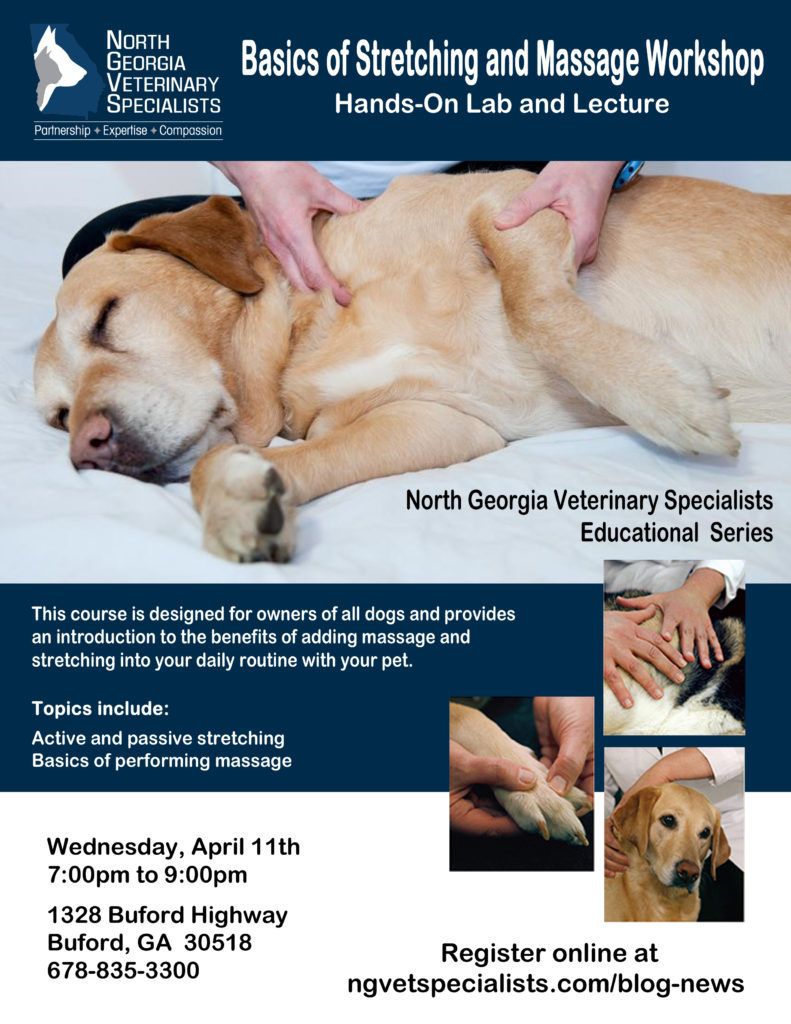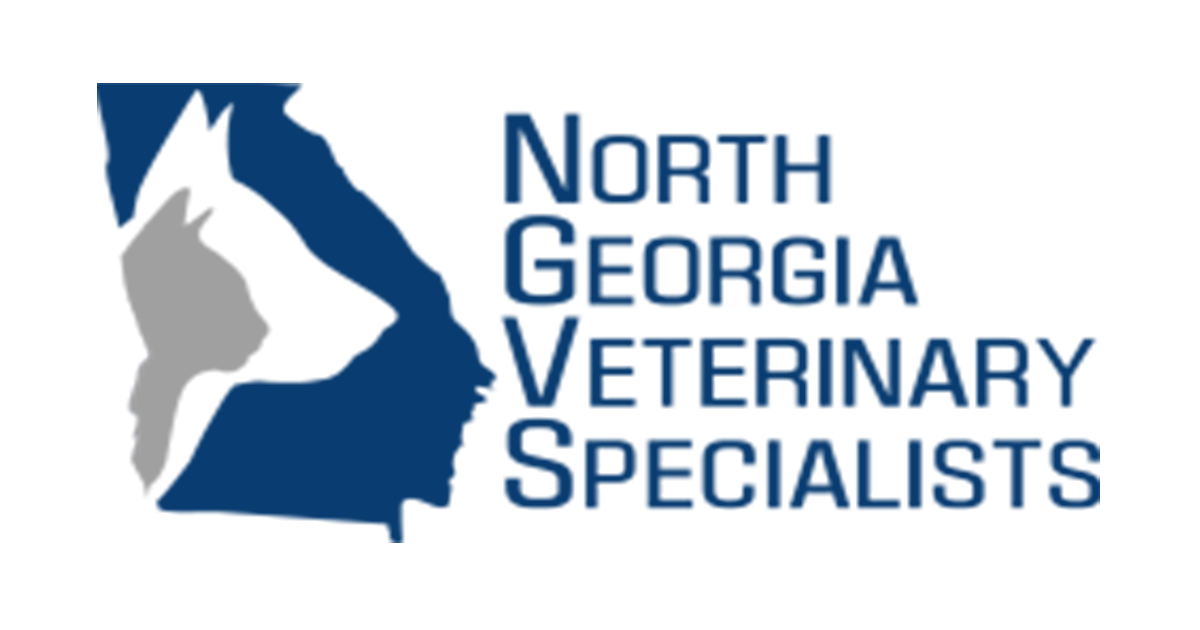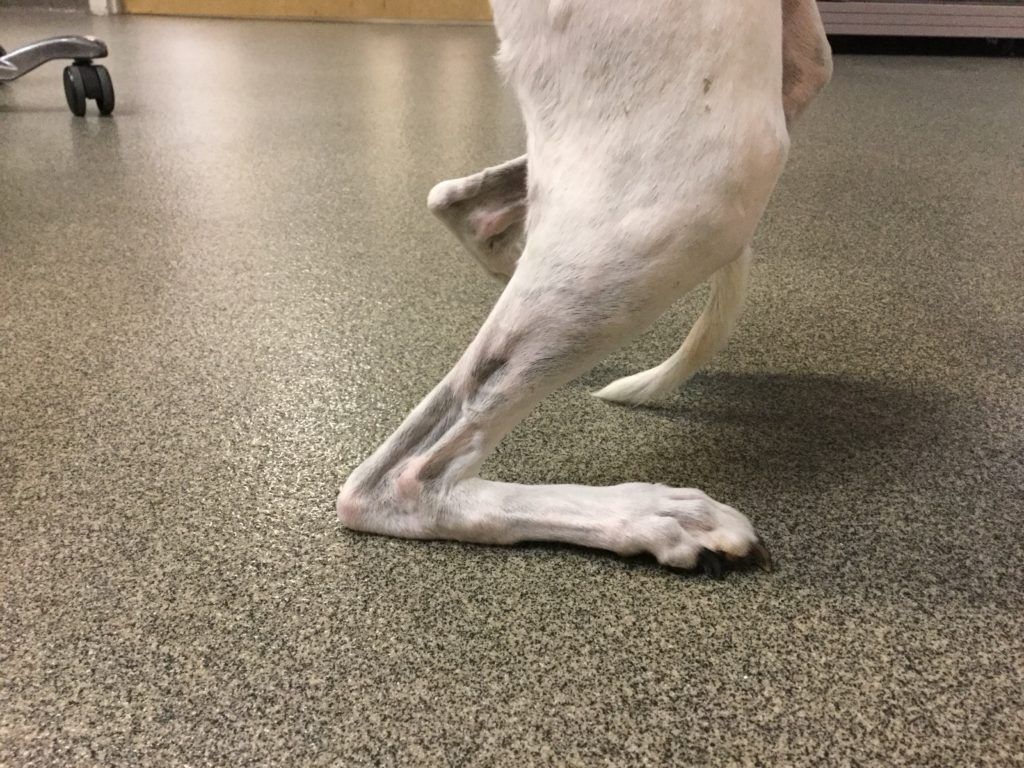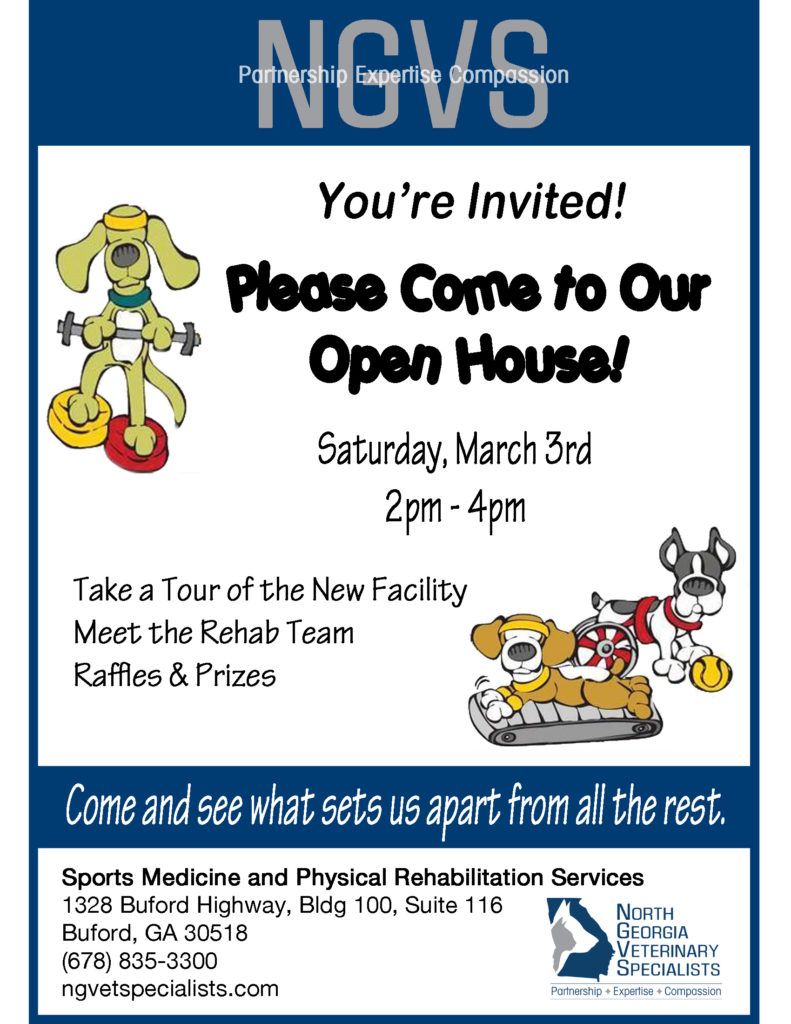PennHIP Hip Improvement Program for Hip Dysplasia Evaluation
NGVS • December 29, 2015
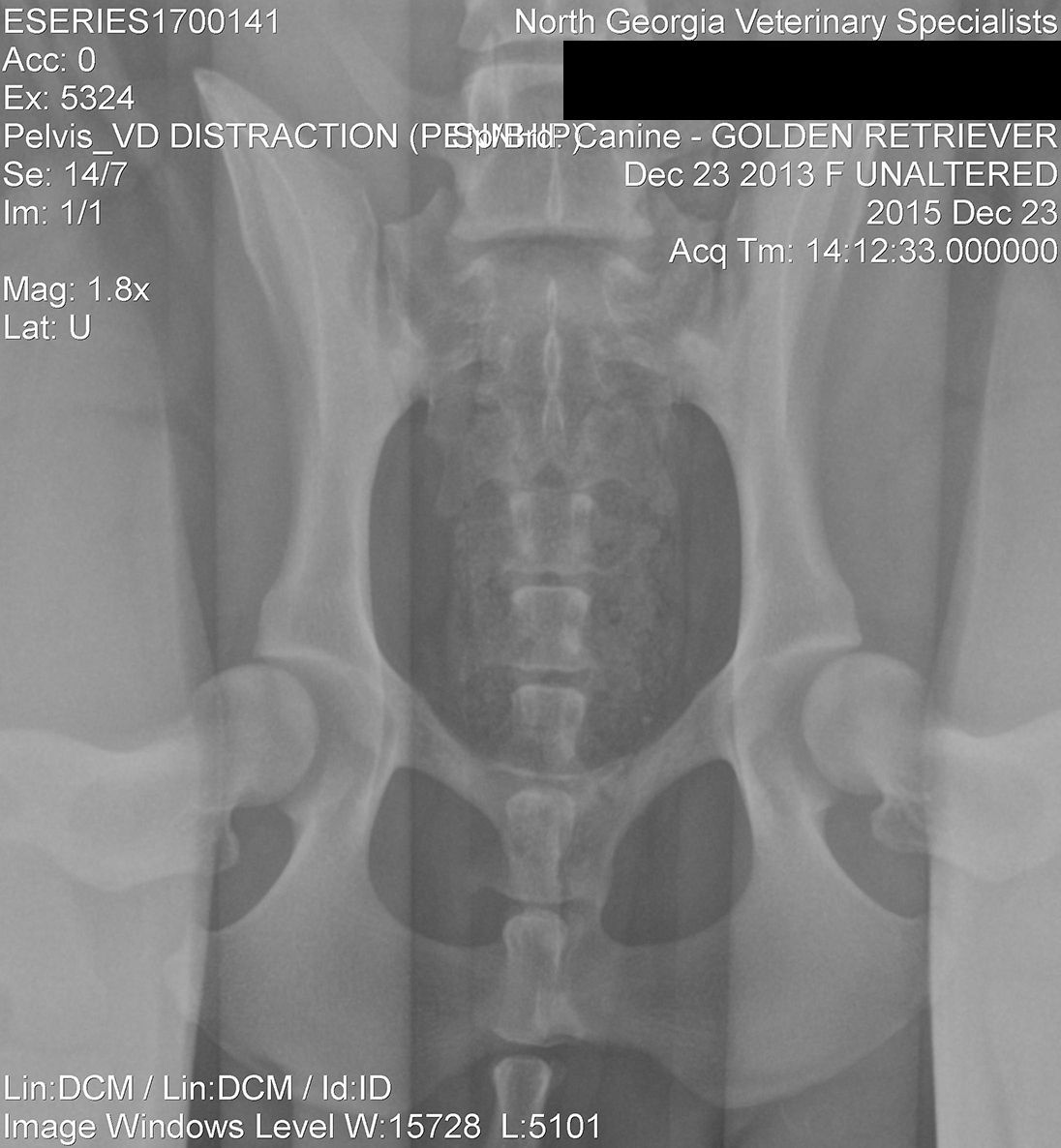
What is PennHIP?
PennHIP is a multifaceted radiographic screening method for hip evaluation in dogs. The technique assesses the quality of the canine hip and quantitatively measures the hip joint laxity, which it the critical component of hip dysplasia. Hip dysplasia is the most common orthopedic codition of the dog, causing joint inflammation an dsecondary oastarthritis, which leads to variable degrees of clinical discomfort. Hip dysplasia has a complets inheritance, meaning that multiple genes, combined with environmental influences, ultimately cause expression of the conditoin. Screening for the condition is recommended for dogs intended for breeding to eliminate affected dogs from the genetic pool and improve the quality of hips in the breed. It can also be done in dogs not inteded for breeding. Here, it is used to assess the need for prophylactic procedures for dogs with a severe form of hip dysplasia that can be predicted to cause severe clinical signs later in the dog’s life. The PennHIP method of evaluation is more accurate than the current standard, such as that from the Orthopedic Foundation for Animals (OFA), in its ability to predict the onset of osteoarthritis (OA). Osteoarthritis, also known as degenerative joint disease (DJD), is the hallmark of hip dysplasia (HD).
PennHIP is more than just a radiographic technique. It is also a network of veterinarians trained to perform the PennHIP methodology properly and, perhaps most importantly, it is a large scientific database that houses the PennHIP data. Radiographs are made by certified PennHIP members worldwide and are sent to the PennHIP Analysis Center for evaluation. The resulting data is stored in the database, which is continually monitored as it expands. As more information becomes available, the PennHIP laboratory is able to obtain more precise answers to questions about the etiology, prediction and genetic basis of hip dysplasia. Our practice has certified PennHIP members and we evaluate dogs using this methodology. We also perform prophylactic surgical procedures (Juvenile Pubic Symphysiodesis, Triple/Double pelvic osteotomies) in young dogs with severe hip dysplasia but without accompanying bony remodelling, an salvage surgical procedures (Femoral Head and Neck Ostectomy, Total Hip Replacement) in dogs that can no longer be adequately management by medical or conservative means.
To have your dog assessed, please call our hospital at (678) 835-3300 or email refer@ngvetspecialists.com. Your dog will be scheduled to be dropped off for the day as the evaluation involves the use of sedation for accurate results. We use of form of sedative that can be totally reversed, ensuring that you dog leaves the same way he/she was dropped off. A form detailing unique identification for your pet (microchip number, tatoo, AKC documents) will be filled out by you when dropping of your dog). The radiographs obtained by our practice are submitted to the PennHIP Analysis Center for evaluation. The result of the evaluaiton is sent to you and a copy is also sent to our practice for our records.
PennHIP publishes its findings in scientific journals. Published information is disseminated to all PennHIP members; it is also shared with interested breed clubs and routinely appears in publications within the dog fancy.
PennHIP is composed of three major components:
- A diagnostic radiographic technique
- A network of trained veterinarians
- A medical database for scientific analysis
PennHIP at a Glance
The PennHIP method is a novel way to assess, measure and interpret hip joint laxity. It consists of three separate radiographs: the
distraction view, the
compression view and the
hip-extended view. The distraction
view and compression view are used to obtain accurate and precise measurements of joint laxity and congruity. The hip-extended view is used to obtain supplementary information regarding the existence of osteoarthritis of the hip joint. (The hip-extended view is the conventional radiographic view used to evaluate the integrity of the canine hip joint.) The PennHIP technique is more accurate than the current standard, and it has been shown to be a better predictor for the onset of osteoarthritis. At our practice, we perform the PennHIP radiograph under sedation and your dog can go home the same day. We also help you with interpreting the result obtained from the analysis and help you with making decisions for your dog based on the results.
To summarize, PennHIP method:
- Obtains osteoarthritis readings from the standard hip-extended view
- Obtains hip joint congruity readings from the compression view
- Obtains quantitative measurements of hip joint laxity from the distraction view
